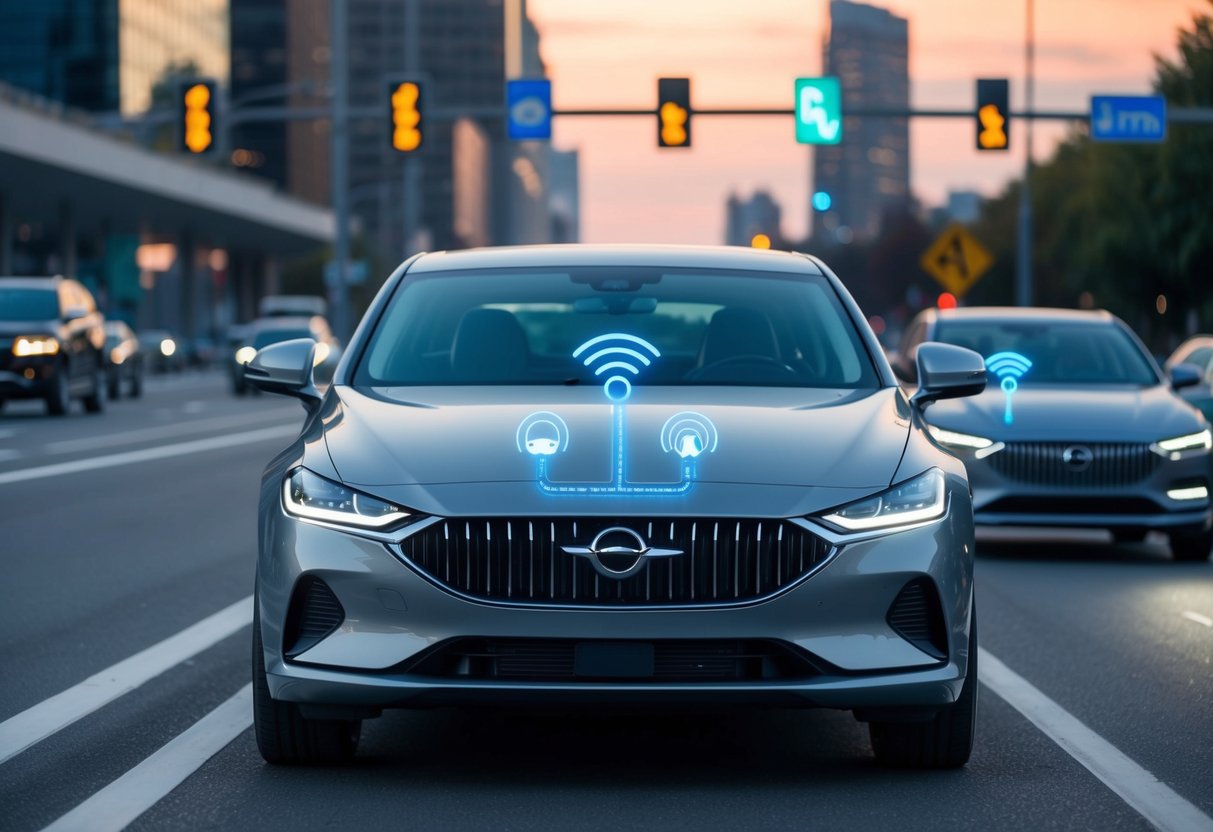
Integration with ADAS
Autonomous vehicles leverage V2X technology to enhance ADAS by enabling vehicles to communicate with each other and infrastructure. This communication allows for real-time data sharing, which improves the decision-making abilities of ADAS. The result is a more refined execution of tasks such as adaptive cruise control and lane-keeping assistance.
Collisions can be minimized as V2X provides predictive data on road conditions, traffic signals, and nearby vehicles. In urban settings, this real-time exchange of information elevates the precision and safety of autonomous systems. ADAS systems become more proactive rather than reactive when integrated with advanced V2X capabilities, thereby boosting both safety and user confidence.
The Future of Autonomous Driving
The combination of V2X and autonomous driving sets a path towards a future where vehicles operate with heightened awareness of their surroundings. Interconnectivity allows autonomous vehicles to anticipate future scenarios, adapting more efficiently. As this technology evolves, it has the potential to transform traffic management and reduce congestion in crowded environments.
Highways could see a significant improvement in efficiency as vehicles coordinate closely with infrastructure and other road users. As autonomous technology advances, integrating V2X may improve its adaptability in diverse environments beyond urban areas, including highways and rural settings. This symbiotic relationship between V2X and autonomous vehicles showcases a promising trajectory for autonomous driving innovations.
Improving Road Safety through V2X

Advancements in Vehicle-to-Everything (V2X) technology are enhancing road safety through effective communication between vehicles, pedestrians, and infrastructure. This interconnected network aims to reduce accidents and streamline traffic management by enabling real-time data exchanges.
V2V and V2P Communication
Vehicle-to-Vehicle (V2V) communication is crucial for preventing collisions and increasing road awareness. Cars equipped with this technology can share essential information like speed and location, enabling them to anticipate potential hazards. This exchange helps drivers maintain safe distances, particularly in poor visibility conditions.
In addition, Vehicle-to-Pedestrian (V2P) systems offer improved safety for non-drivers. Smartphones and wearable devices of pedestrians communicate with nearby vehicles, issuing alerts to both parties about each other’s presence. This preemptive awareness helps prevent accidents in busy urban settings or unexpected crossings, enhancing pedestrian safety significantly.
Implementing V2I for Traffic Flow
Vehicle-to-Infrastructure (V2I) technology focuses on optimizing traffic flow and preventing congestion. Traffic signals and road signs equipped with V2I capabilities can communicate with vehicles to offer real-time updates on traffic conditions. This allows drivers to optimize routes, avoiding delays and minimizing the risk of traffic jams.
Additionally, V2I can alert drivers to road hazards, such as construction zones or adverse weather conditions. This vital information helps drivers adjust their speed and routes accordingly. The ability to receive and act on these updates is pivotal in preventing traffic-related accidents and ensuring a smoother and safer commute for all road users.



